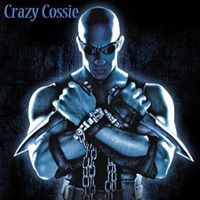Who was the first director of the German national secret police, the Gestapo?
Nazi Germany was, at heart, a police state. The array of police and related security organisations that emerged in the 1930s can seem like a bewildering welter of initials and abbreviations. Perhaps the best known of these abbreviations was the Gestapo (short for "Geheime Staatspolizei", Secret State Police), the official secret police in Nazi Germany and German-occupied Europe.
All four men in the answer options had something to do with this awful institution.
Hermann Göring, as Minister President of Prussia, created the Gestapo in 1933.
Adolf Hitler appointed Heinrich Himmler Chief of German Police in 1936. Himmler was already head of the SS (“Schutzstaffel”, Protection Squadron) which took over responsibility for the Gestapo.
Himmler appointed Reinhard Heydrich chief of the SD (“Sicherheitsdienst”, Security Service) in 1932. Heydrich was then director of the Gestapo from 1934 to 1939.
Göring’s creation was a Gestapo within Prussia, formed by combining several pre-existing agencies. After just one year he agreed to the oversight of the Gestapo passing to the head of the SS on 20 April 1934. This significant development was part of the tendency to centralisation within Nazi Germany: instead of being merely a Prussian agency, the Gestapo became a national agency, a component of the Sipo (“Sicherheitspolizei” Security Police).
After the war in Europe, the Gestapo was declared a criminal organisation by the International Military Tribunal at the Nuremberg trials.
More Info:
en.wikipedia.org



